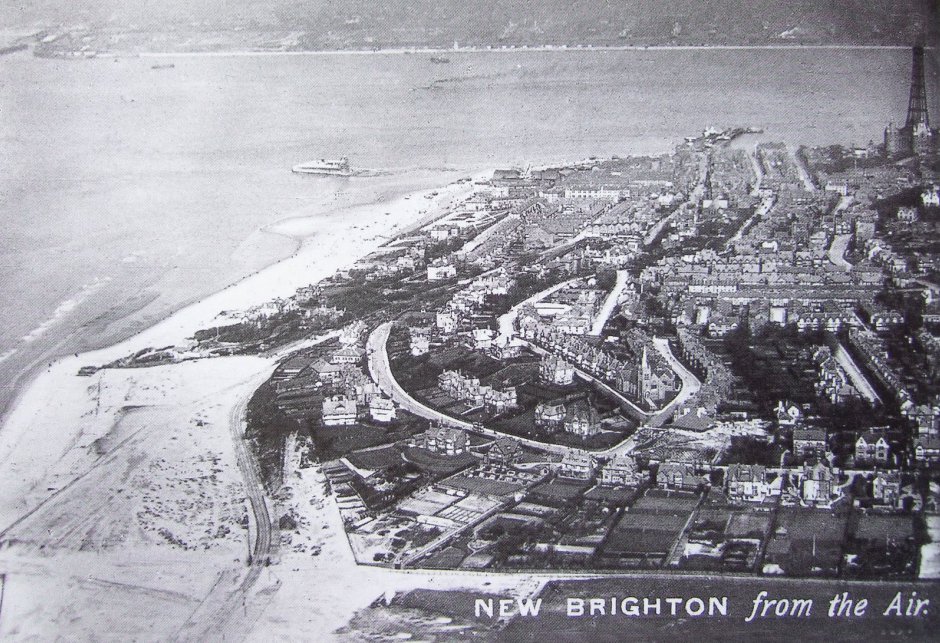Hammond Ancestry - Extracts from my book Sixteen Decades in Wallasey
The Hammond Branch of our family arrived on the Wirral from Shropshire in 1900.
Peter Hammond was born in 1838 in Ludlow, Shropshire.
In 1841 he was living with his mother Margaret in The Fox Inn at Upper Gaolford, St Lawrence, Ludlow. Esther Davies who was a widow is shown on the census as the Inn Keeper and the mother of Margaret. In 1851 they are both still living in The Fox Inn, Peter Hammond Grandson 13 years old is shown as a scholar. Margaret does not appear on the 1861 census.
By 1861 Peter had moved away and was living and working in Kew. It was during this period that the gardens at Kew were extensively restructured, with the arrival of the railway Kew's role as a public attraction grew. With many hundreds of gardeners including Peter game fully employed in the Royal Botanic Gardens.
It was in Kew where he met and married Emily. Shortly after their marriage they moved to Bishops Castle a market town located eight and half miles from Shrewsbury. They are shown on the 1871 census living at 94 Union Street, Bishops Castle. Peter Hammond Head aged 33, Nurseryman. Emily wife aged 36. Julia daughter aged 3, Jessie daughter aged 2 and Sarah aged 6 months. Also living in the same house Julia Bond sister in law, and Harriet Jukes servant.
The Slater directory of 1880 shows Peter his occupation a nurseryman living at Prospect Place in Bishops Castle. In 1881 the family were living at 2 Blundells Hall Cottage, Bishops Castle, the building was Elizabethan and had been converted into three cottages. With four daughters recorded on the census Emily aged 14, Julia aged 13, Sarah aged11 and Lucy aged 6.
The 1891 census shows only Lucy living at home, and she is shown working as a servant.
In 1901 Emily aged 64 is recorded as a widow living at 3 Apsley Avenue off Rake Lane, Liscard with daughters Julia 29 and Lucy 26 all working from home occupation laundress. Emily the other daughter was working as a domestic servant but living in at 87 Osbourne Road in Liscard. She is shown on the census as being single and 34 years old.
Generally, laundresses were seen as unskilled, poorly paid and at the mercy of seasonal fluctuations in demand. In the morning they would collect laundry from local houses and churches to wash at home.One big problem, was being paid by their customers. The greatest asset was the labour of Emily’s children, women who took in lodgers could also provide a laundry service.
The early 20th century Liberal MP John Burns, whose own mother was a washerwoman and his sister’s ironers, acknowledged that laundry work was back breaking work, but that without it many women would have had to taste the ‘crumb of charity’. The heat of washing and ironing created a breeding den of germs, and most succumbed to sicknesses such as bronchitis and tuberculosis.
Women who could not rent or buy a mangle would take their washed clothes to the mangle owner to have them wrung. Eventual they bought their own mangle and this became probably the only family heirloom, I remember it was still around in my teens.

